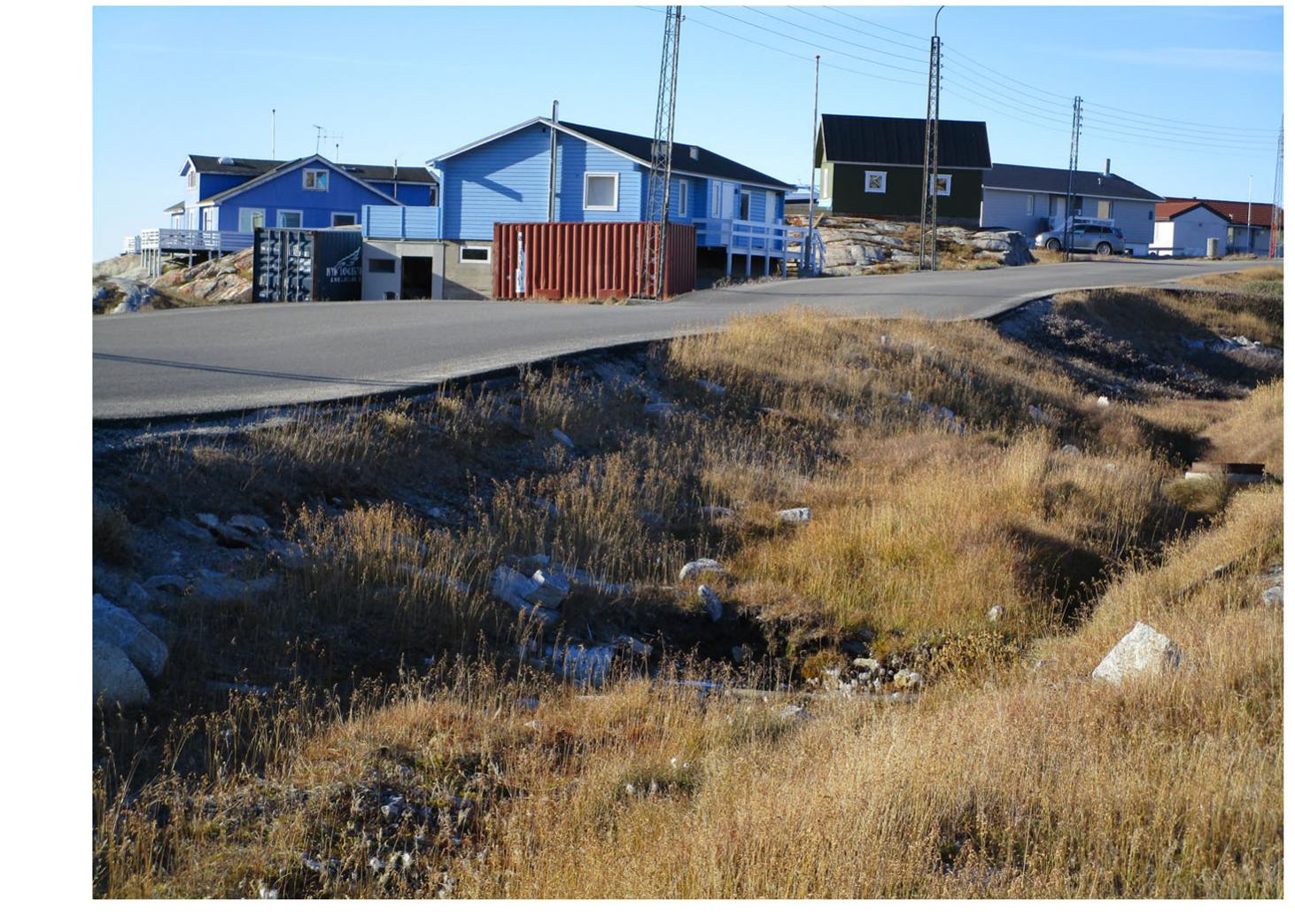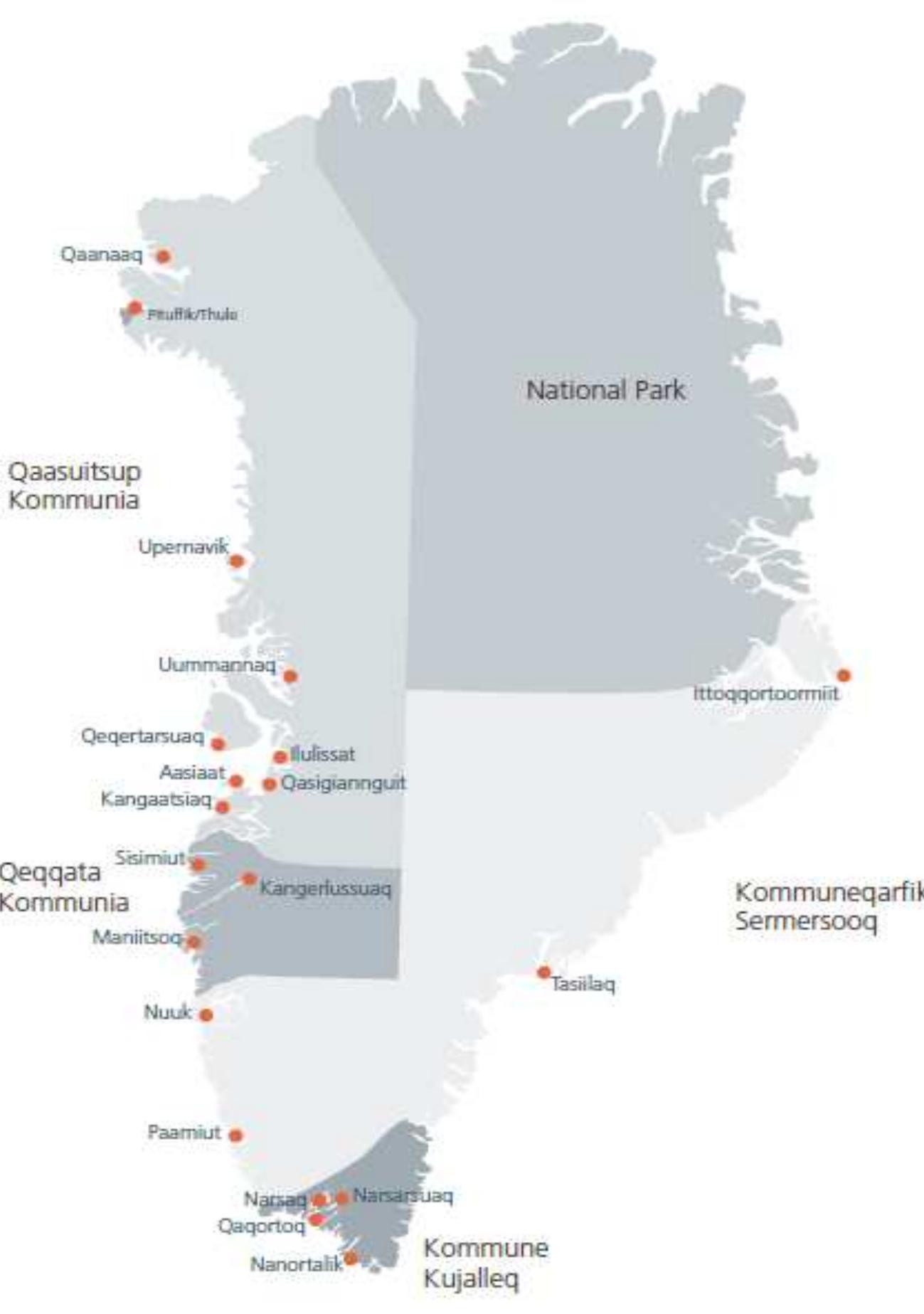Key research themes
1. How is Arctic climate change manifested through key physical indicators and what are the implications for ecosystem and human systems?
This research area synthesizes observed changes in core Arctic climatic variables—temperature, precipitation, sea ice, snow cover, permafrost, glaciers—and their cascading impacts on Arctic ecosystems and indigenous societies. It is crucial because these indicators collectively signal rapid Arctic warming and ecosystem shift that outpace global averages, influencing local livelihoods and global climate feedbacks.
2. What roles do atmospheric and oceanic circulation patterns and feedbacks play in Arctic climate variability and its linkage to midlatitude weather and global climate dynamics?
Research in this area investigates the decadal and multi-decadal Arctic circulation regimes, their variability, and how Arctic amplification and sea ice loss influence broader atmospheric circulation, including jet stream dynamics and midlatitude weather extremes. Understanding these interactions is essential for improving climate predictions and anticipating Arctic-global climate teleconnections.
3. How are Arctic societies and human systems adapting to rapid climate change, and what are the challenges and progress in Arctic adaptation governance and demographic change?
This theme encompasses research on societal responses to Arctic warming, including adaptation initiatives by indigenous peoples, governments and industries; challenges in tracking adaptation progress; demographic trends such as population projections and migration; and equity considerations in future Arctic development. The focus is on evaluating adaptation effectiveness, identifying institutional gaps, and understanding human dimensions of Arctic climate change.




















































































